A Beethoven a Day: The Big One
mainWelcome to the 21st work in the Slipped Disc/Idagio Beethoven Edition
Symphony no 1, opus 21 (1800)
Beethoven was not quite 30 when he rolled out his first symphony on April 2, 1800 and no-one in the room can have been unaware that he was taking huge risks. The first 12 bars consist of a so-called ‘musical joke’, not in the sense of having the audience helpless with laughter but of forming a bit of a tease before the work picks up speed and gets the punters nodding along. It was five years since Haydn’s last symphony and Vienna was ready for change. There is a big statement in the third movement and the finale opens with another tease before bursting into blitz momentum. In all, the symphony lasts no more than 25 minutes, still a Haydn-like length.
Arturo Toscanini understood this symphony better than anyone. From his scratchy first recording of the finale at La Scala in 1921 to his exhilarating chase with the NBC Symphony 30 years later, Toscanini emanated an assurance that this symphony marks the gateway to modern humanity. Pay no attention to the poor sound: this is great conducting at its greatest, a maestro shaping music to his own ideas.
The earliest Otto Klemperer (Berlin, 1924) is no less imposing, with the conductor holding the orchestra back as if on a leash, before he let rip into a new epoch. The later Klemperer, with the Philharmonia in 1960, is much more beautifully played and even more tightly controlled. There is also a 1937 recording from Felix Weingartner, who would have heard from Brahms and Bruckner how they thought this symphony should go.
No-one conducts like this any more. Maybe we should be grateful for that; it’s all a bit authoritarian.
Herbert von Karajan with the Philharmonia in 1953 is still old-school in the tightness of his control, but always prepared to linger over a lovely phrase or sensual hint. Karajan gets more focussed on beauty and shape in several successive recordings; this is, by far, the freshest and most attractive.
Hermann Scherchen plays fast and loose with players of the Vienna Philharmonic in the early 1950s, incredibke tension and not much over 20 minutes in length. George Szell, in 1964, aims for classical lightness and, with the powerful Cleveland Orchestra, achieves transcendence. It ranks with Toscanini for absolute certainty of purpose.
Christopher Hogwood who recorded a 1980s set of the symphonies with the Academy of Ancient Music seems, by comparison, full of bluff and bluster, also rather dull. If it’s period instruments you’re after, look no further than the supple, elegant and witty Roger Norrington with the London Classical Players in 1989: the class difference is unmistakable. Some find Frans Brüggen (2012) even lighter and more likeable.
David Zinman with the Tonhalle Orchestra Zurich uses a new edition of the score in 1998, and the clarity is perceptible. If you want heaviness, go to Gunter Wand, Colin Davis, Wolfgang Sawallisch; there’s no shortage of it.
Among 21st century conductors, Riccardo Chailly stands out above all others with the Leipzig Gewandhaus, adding bounce and brilliance to the proceedings in sound quality of the greatest lucidity. If there is an ideal Beethoven first, this might be it.

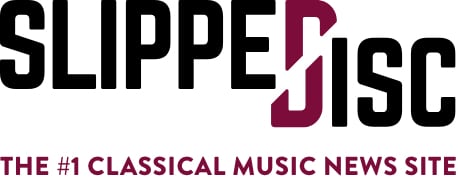
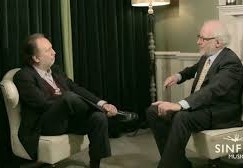
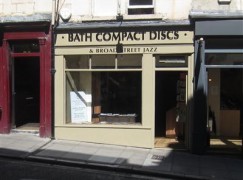
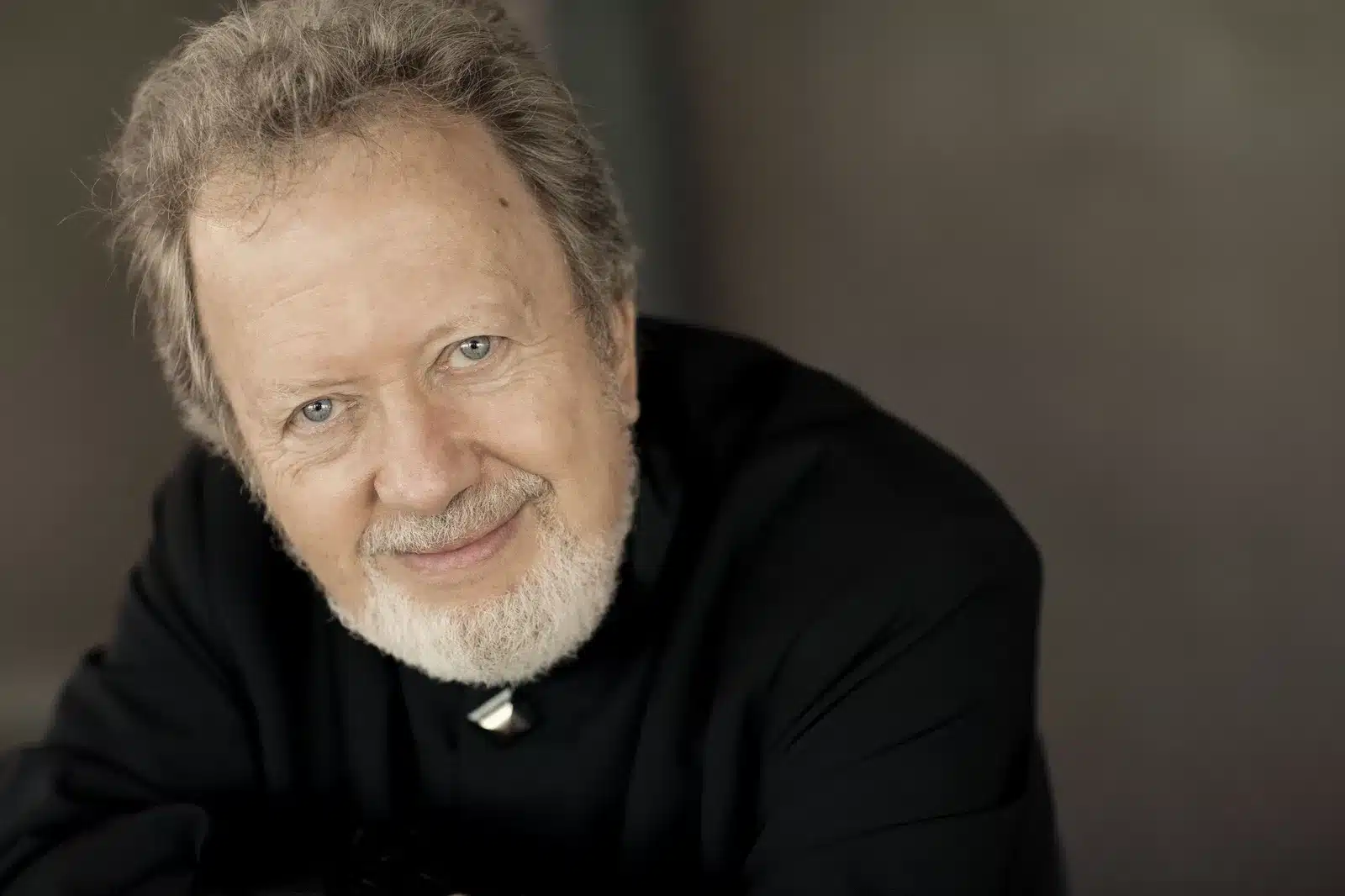

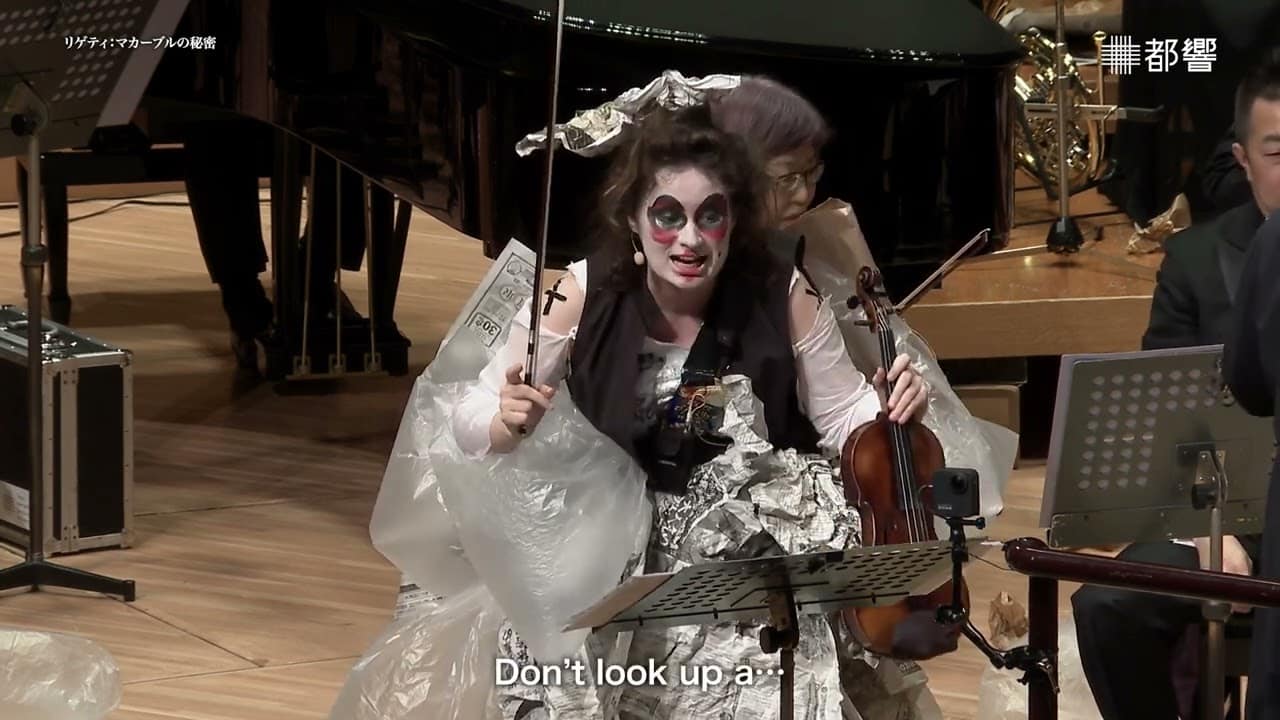
Comments